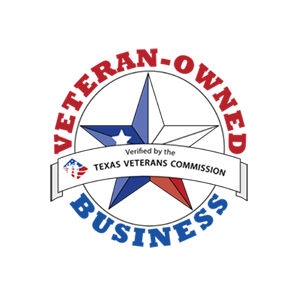Do you get to keep your Health Benefits after retirement?
FEHB Basics: The Federal Employees Health Benefits program.
The Federal Employees Health Benefits (FEHB) program covers millions of federal employees, retirees, former employees, family members, and former spouses. There is no more extensive employer-sponsored group health insurance program in the world. It is designed to help you and your family meet your healthcare needs with the country’s most comprehensive selection of health plans.
Types of FEHB
There are three types of enrollment:
- Self Only
- Self Plus One is designed to cover you and one eligible family member
- Self and family is designed to cover you and your spouse, and your children under age 26
Health plan carriers under the FEHB Program each charge a different premium. Up to 75% of the cost of your health benefits coverage is paid by the government, and the remainder is paid by the employee, based on a formula set by law.
The FEHB Program offers hundreds of health plan choices. Several fee-for-service plans are open to all enrollees, and others are available only to specific categories of employees. Health Maintenance Organizations (HMOs) are found in many areas of the United States.
Employees can change health plans and the type of enrollment they have each year during “Open Season.” All eligible employees can enroll during this time as well. Open Season typically begins in November and runs through early December. The opportunities to enroll, cancel, or change enrollment outside of an Open Season are limited.
Flexible Savings Accounts (FSAs) can also help with medical expenses like out-of-pocket charges, dental, and vision costs in a tax-preferential way – this can even cover child and adult daycare.
The Federal Dental and Vision Insurance Plan (FEDVIP) is also related to FEHB. If you or your family member has significant dental or vision expenses, enrolling in FEDVIP is usually a good idea.
What happens to my FEHB at retirement?
Most federal employees get to keep their health insurance after retirement. However, to keep FEHB into retirement, the following must occur:
- You must retire on an immediate annuity. This is an annuity that begins to accrue no later than 30 days after the date of your separation.
- A retiree must have been continuously enrolled under the FEHB program, or covered as a family member:
- for the five years of service immediately preceding retirement
- or, if less than five years, for all service since the first enrollment opportunity.
Will my premiums increase at retirement?
No, you will pay the same premium as you paid while you were an employee. However, annuitants are paid monthly instead of bi-weekly, so you will pay them at the monthly rate. You may see an increase if employed by an agency, such as the United States Post Office, which contributes additional money towards the total premium. Retirees receive the same government contribution as most Federal employees.
How does Medicare factor into FEHB?
Medicare works as a health insurance program for people aged 65 and older. Most federal employees will continue their FEHB benefits into retirement. FEHB insurance carriers coordinate benefits with Medicare, and Medicare decides the primary provider of coverage. FEHB is the primary coverage for current federal employees, and Medicare is the primary coverage for retired federal employees.
Medicare is divided into four parts, covering specific services.
- Part A helps pay the cost of hospital stays, hospice care, some home health care, and care in a skilled nursing facility.
- Part B helps pay for covered services by a doctor, outpatient hospital care, diagnostic test, medical supplies, and preventive services.
- Part C provides other benefits along with Parts A and B and is more like traditional health insurance. However, Part C is not needed for federal employees and retirees enrolled in FEHB.
- Part D helps pay the cost of prescription drugs (including many recommended shots or vaccines).
Once enrolled, you must decide how to get your Medicare coverage.
With Original Medicare, you pay for services as you receive them and will pay a deductible beginning each year. You will also have coinsurance, where you typically pay 20% of the Medicare-approved service cost. A separate drug plan (Part D) can be added if you want prescription drug coverage. Part A & B pay for much of the covered health care services and supplies, but not all. Adding a Medicare Supplement Insurance (Medigap) policy can help eliminate some of the remaining healthcare costs, like copayments, coinsurance, and deductibles.
Medicare Advantage is an all-in-one alternative to Original Medicare. These combined plans include Part A, Part B, and usually Part D. Most plans offer extra benefits that Original Medicare does not cover, like vision, hearing, dental, and more. Medicare Advantage Plans have annual contracts with Medicare and are required to follow Medicare’s coverage rules. In addition, the plan must let you know about any changes prior to the start of the next enrollment year.
Since Health Insurance can get complicated, it's critical to connect with a professional to help understand the totality of your benefits in detail.
